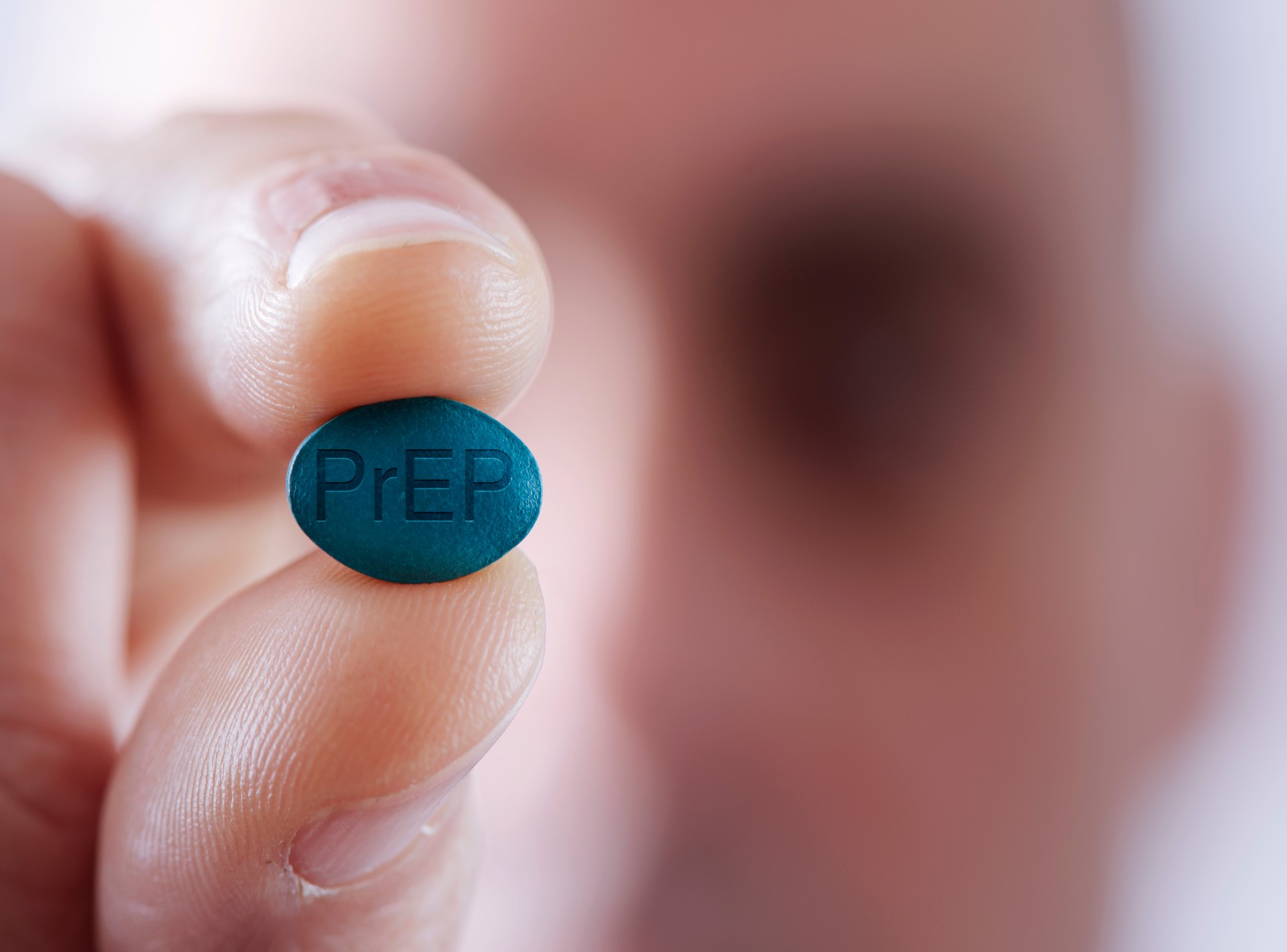
Recent breakthroughs in PrEP and other HIV prevention options have revolutionised the care of patients, but concerning new data has revealed that resistance to the treatment is on the rise.
Currently, the World Health Organization recommends using oral PrEP as a prevention option for those at risk of HIV acquisition. Yet recent Global AIDS Monitoring data has shown that between 4% to 20% of people in four countries — Malawi, Mozambique, Uganda, and Ukraine –which had not yet achieved viral suppression, showed resistance to the drug.
Oral tenofovir disoproxil fumarate + emtricitabine (TDF + FTC based PrEP) belong to a group of antiviral medicines known as nucleoside and nucleotide reverse transcriptase inhibitors that help control HIV infection and a total of 310 people were infected with HIV while taking treatment. Of these, 20% demonstrated PrEP-associated drug resistance.
“PrEP-associated drug resistance was still low among individuals who acquired HIV while receiving oral PrEP; however, higher levels were observed if oral PrEP was initiated during an undiagnosed, acute HIV infection,” the report said.
While the increased resistance was not yet at a level that merited any changes in the program at a national level, the report highlighted that the trend was important to monitor because there was a potential for overlapping resistance profiles between the integrase-strand transfer inhibitors (INSTI) used for PrEP and first-line antiretroviral therapy (ART).
In 2021, more than 1.6 million people received PrEP, and in the past two years therapies have expanded to include two new drugs recommended by WHO: dapivirine containing vaginal rings (DPV-VR) – endorsed in 2021 to reduce the risk of HIV infection among women – and injectable long-acting cabotegravir (CAB-LA), which also reduces the risk of potential transmission.
However, INSTI resistance has been observed in some cases with recent CAB exposure, and the team noted that delayed detection and confirmation of HIV infection could increase the risk of selection of INSTI drug resistance–associated mutations.
“But despite the risk, the roll-out of CAB-LA PrEP should not be hindered,” the report said.
“Since limited quantities of CAB-LA are anticipated to be available over the next 3–5 years, there is an opportunity to carefully monitor for the emergence of CAB drug resistance and to characterize the potential risk of DTG cross-resistance in well-defined populations using CAB-LA PrEP.”
The WHO has also recommended dolutegravir-based (DTG) ART as a preferred first- and second-line defence against HIV and in 2022-23, more than 25 million people were receiving it.
Eleven countries reported pretreatment HIV drug resistance to DTG among adults initiating ART, with the highest rate of resistance at just 0.2%.
However, as the surveys were conducted during the early-stages of transition in these countries, as the use of DTG-based ART expands, the WHO said it will be “important to remain vigilant to any potential increasing levels of pretreatment HIV resistance to DTG… which could affect population-level treatment outcomes.”
The report also highlighted that only 27% of countries with a high burden of HIV infection conducted surveys or incorporated surveillance of early warning indicators into their monitoring systems as of 2022.

